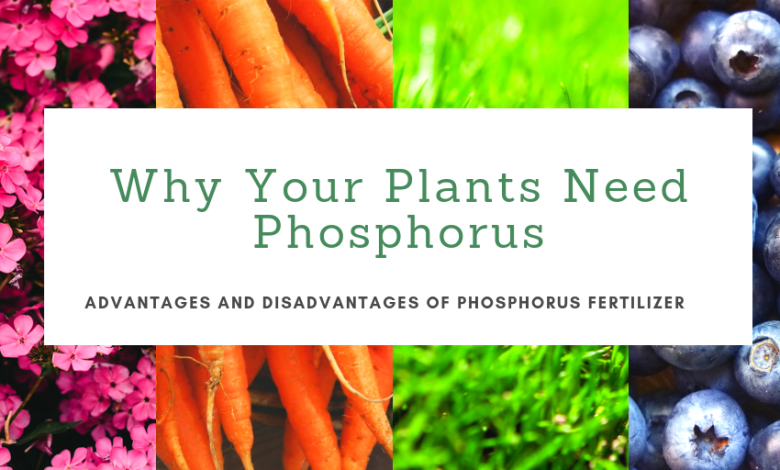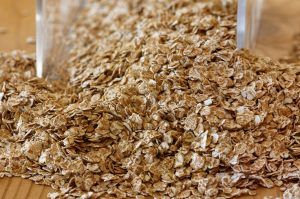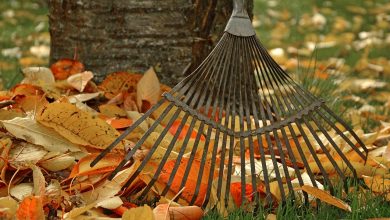Phosphorus in Plants: [Use, Lack, Excess, Advantages and Disadvantages]

 Phosphorus is one of the minerals that plays a fundamental role in the development of plants because it is linked to the process of photosynthesis.
Phosphorus is one of the minerals that plays a fundamental role in the development of plants because it is linked to the process of photosynthesis.
It is found naturally in soils, but amounts are not appropriate for growing crops.
This leads to the need for it to be applied through fertilization, so that it is possible to cover the requirements.
Both the deficit and the excess can seriously affect agricultural production, so it is necessary to have accurate data on this element and it is precisely what we will talk about today.
What is phosphorus?
Phosphorus is one of the primary macronutrients that plants need to carry out their development processes efficiently.
It intervenes directly in their growth, since it plays a leading role in the photosynthesis process.
It is one of the nutrients that plants require in greater quantity, together with potassium and nitrogen.
In the periodic table of the elements it is recognized by the symbol P.
What factors influence crop response to phosphorus fertilization?
Phosphorus plays a leading role in the transfer of energy that occurs inside the pests.
These are chemical processes where phosphates trigger a response known as phosphorylation.
This happens like this:
- Phosphorus ions assimilate natural light from the sun.
- This energy contributes to the execution of the chlorophyll that the phosphoric ions will later transport expeditiously throughout the structure.
- They act directly in the metabolism of other substances.
It is important to note that the absorption of phosphorus from the soil will only occur with the amounts that are dissolved in it.
For all this, issues such as the pH of the soil, as well as the amount of other minerals present in it, are of transcendental importance.
What is the ideal phosphorus content in the soil?
The agreed amounts of phosphorus that must exist in crops vary from 0.1 to 1%.
A soil study will help to check the level of phosphorus in the land where the planting will proceed.
And, based on this, make a projection of the amount that will need to be provided through fertilization.
How to increase the levels of phosphorus and potassium in the soil?
- Test the phosphorus and potassium levels of the soil where you will be growing by using a home testing system (such as a pH meter) or by sending it to an extension service or professional laboratory for analysis. Assessing whether your soil is extremely low, moderately low, or slightly low in either or both nutrients will help you determine how much fertilizer to use.
- Remove weeds and other vegetation from the garden area.
- Rake the garden bed gently.
- Spread bone meal over garden soil to add phosphorous to the soil. For every 92 square meters, apply 14.5 kg of severely deficient soil, 9 kg of moderately deficient soil and 10 pounds of slightly deficient soil.
- Cast seaweed meal for potassium. For every 1,000 square feet, use 9 kg for severely deficient soils, 4.5 kg for moderately deficient soils, and 2 kg for mildly deficient soils.
- Water the garden thoroughly to allow the nutrients to begin the absorption process throughout the bed.
What benefits can a soil rich in phosphorus have?
When a soil has the correct amount of phosphorus to advance crops, benefits such as:
- The correct transport of nutrients, since phosphorus accelerates transmissions in the internal part of the plant from the moment it absorbs them in the root.
- It helps in the proper execution of photosynthesis by capturing natural light in conjunction with chlorophyll and which is needed to promote the combination of carbon dioxide, as well as in relation to the extraction of water from simple sugars.
- It is an essential element to synthesize proteins.
- It balances the energy levels in the plant, so that all the zones receive the appropriate one for development.
- It works specifically with the activity of the diastases.
- It performs a primary function in the transfer of genetic information, since its presence within the seeds and fruits is very high. In fact, although phosphorus alone is not considered as representative, it is also present within phytin. This is a benefit that is particularly notable in cereal and legume species.
What disadvantages does an excess of phosphorus have?
 Excess phosphorus has the property of absorbing other nutrients, depriving the plant of the possibility of taking advantage of them for its own use.
Excess phosphorus has the property of absorbing other nutrients, depriving the plant of the possibility of taking advantage of them for its own use.
This condition can be seen latent in elements such as zinc or iron, so symptoms of their deficiencies will be noted.
Another common point occurs with molybdenum, which can also be seen with a deficit or displacement.
What crops benefit most from the presence of phosphorus in the soil?
Phosphorus is very important in the formation of the root system of plants.
For this reason, it is essential for crops such as beets, carrots and turnips.
In addition, it plays a leading role in the correct production of bulky species, such as alfalfa.
Cereals are part of the crops that absorb the greatest amount of phosphorus from the soil in their early stages. Rice is counted here, for example.
Other crops such as apple trees, barley or vines need phosphorus, but they are not very demanding with it.
How do we detect deficiency or lack of phosphorus in our crops?
- The main sign that something is wrong with the plant’s phosphorus levels is in its size and ability to produce leaves. That is, the leaves of the same look smaller than they should or, failing that, they are a smaller quantity than expected compared to other crops of the same species.
- In the same way, underground, the roots feel thin and have problems accessing the nutrients and water present in the soil.
- The leaves can also change color, being observed in a darker green tone than usual.
- In some crops, such as maize , the color change is likely to be much more apparent, showing purple leaves.
- As phosphorus has an impact on the development of genetic exchange, it is possible that the seeds appear smaller and in less quantity .
- The effects that are not visible, but that also affect, are related to low resistance to diseases , as well as slower maturity processes.
- Commercially sold fertilizers contain an appropriate amount of phosphorus in their composition.
- It must be taken into account that not all crops need the same amount, so it must be regularized according to each particular case. And this includes, in turn, the correct application time, since some crops need it more at the beginning and others throughout their development.




![Photo of Indoor Palm Tree Care: [Soil, Moisture, Pruning and Problems]](https://www.complete-gardening.com/wp-content/uploads/2021/06/51Xvo2oBj2L._SL500_-348x220.jpg)